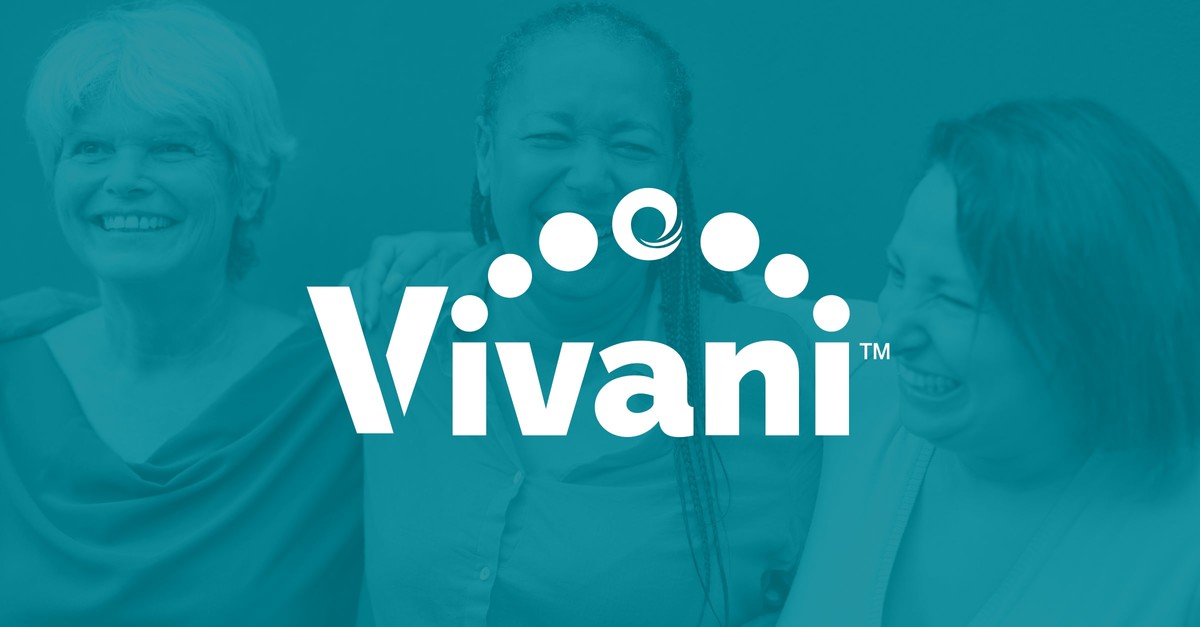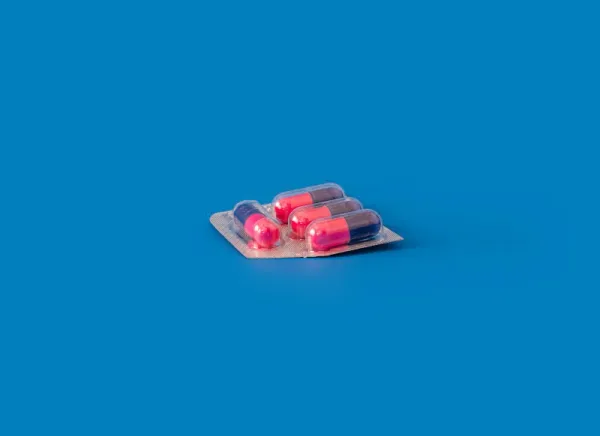Once a year GLP1? Exploring Semaglutide implants
GLP1 implants that are administered once or twice a year and deliver consistent Semaglutide, powered by Vivani Medical's NanoPortal technology.

Currently most GLP1 treatments (injections, pills) are either taken on a weekly cadence or daily. What if you could take GLP1 once and have the effects last for a full year?
Vivani Medical is working on just that – a GLP1 implant that delivers the medication throughout an entire year (administered possibly once or twice a year):

This is quite the interesting new direction (and one most people probably wouldn't have expected), so we took a closer look.
Want to read the rest on Vivani (the company) and their new approach to GLP1 delivery? The rest of this article is no longer available for free – if you'd like to read the rest of our analysis, check us out on Substack:





